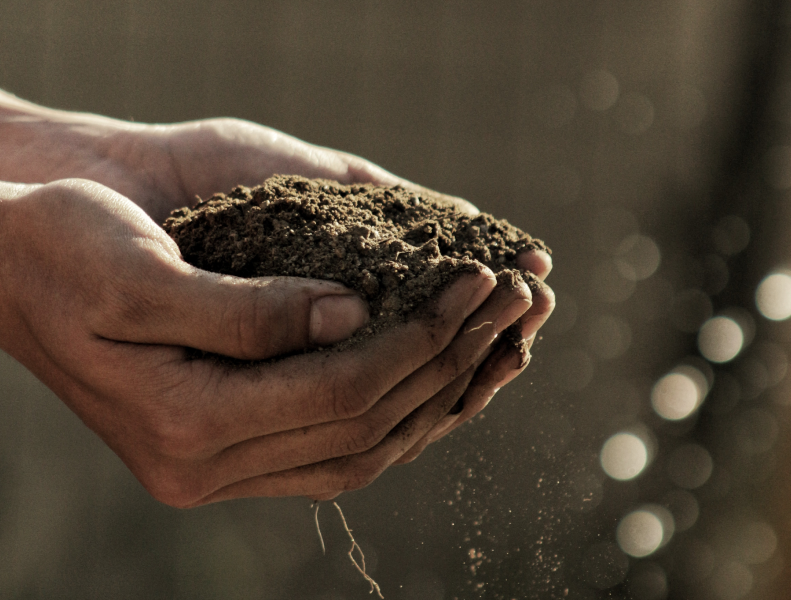A Pioneer of Canarian Viticulture
At over 20 million years old, Fuerteventura is the oldest island in the Canary archipelago and is located just 97 kilometers from the northwest coast of Africa. Despite a glorious winemaking past, the scarcity of water on this island stifled progress in Fuerteventura. However, today a program of recovery and enhancement of its viticultural heritage is well underway.

Soil
Fuerteventura is an island of volcanic origin that presents the most arid and desert-like landscape of the…

Climate
Fuerteventura has a warm and arid climate with little rainfall. This is partly due to the low altitude of its geography…

Grape Varieties
It was at the beginning of the 15th century that the first vines were planted in the soils of Fuerteventura, a fact…

Viticulture
Currently, Fuerteventura has very sparse planting of grape vines, though new projects continue to grow and old…


Soil
Fuerteventura is an island of volcanic origin that presents the most arid and desert-like landscape of the Canary Islands, with vast, dry plains, sand-dunes and little vegetation. It unfortunately doesn´t have a cover of volcanic lapilla that helps to limit transpiration, making viticulture a particularly difficult task here.
Climate
Fuerteventura has a warm and arid climate with little rainfall. This is partly due to the low altitude of its geography, which allows clouds to easily pass overhead, blown by the Trade Winds. Due to its proximity to the African continent, particles of sand from the Sahara Desert sometimes cause hazy conditions.




Grape Varieties
It was at the beginning of the 15th century that the first vines were planted in the soils of Fuerteventura, a fact that places it as a pioneer of Canarian viticulture. Today, new projects have begun to recover old vineyards while developing new projects with indigenous grapes.

Viticulture
Currently, Fuerteventura has very sparse planting of grape vines, though new projects continue to grow and old vineyards are being recovered. These vineyards are mainly found in the center and north of the island, in the highest areas, where the warm temperatures are cooled by altitude.

Main Grape Varieties in Fuerteventura

LISTÁN NEGRO
Commonly confused with Listán Prieto, studies show that Listán Negro is actually a natural crossing of Mollar Cano and Palomino Fino. The most planted red variety in the Canary Islands, Listán Negro has a natural affinity with the soils and micro-climates of Tenerife, where it produces strong yields of ripe grapes on its volcanic soils.

LISTAN PRIETO

TINTILLA
Tintilla doesn’t appear to have a genetic connection to any other grape in the region. Tintilla is a late ripening variety that produces low yields and tends to be grown at high altitudes; typically higher than 600 metres above sea level. It produces small bunches of grapes with darkly coloured, juicy berries.




| The management of the DOP ISLAS CANARIAS carried out by AVIBO is partially financed by the Government of the Canary Islands with funds from the expenditure budget of the Instituto Canario de Calidad Agroalimentaria |
 |
| Member of the Spanish Wine Federation |
 |
Copyright 2021 DOP Islas Canarias - Canary Wine - Aviso Legal - Política de Cookies - Política de Privacidad


